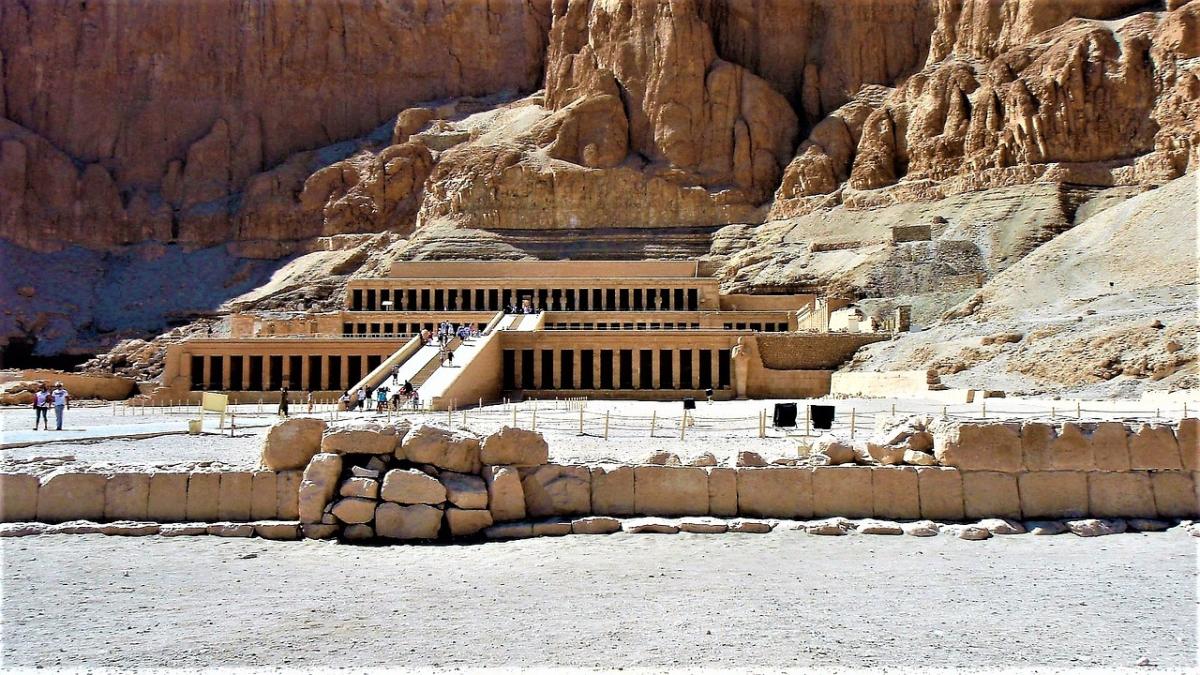
Luxor is one of the most beautiful attractions in Egypt.
Continuing our Egypt travelogue, we arrive in the city of Luxor. I woke up in the morning and pulled aside the curtain of the small cabin window. The soft morning sunlight danced on the calm surface of the Nile. The air was still pleasantly cool and promised a warm and adventurous day. Today we were going to travel to the beating heart of ancient Egypt, the legendary city of Luxor. After a hearty and delicious breakfast on the deck of the ship, we got ready for an adventure. The Nile cruise ship, our floating home for these few days, was slowly approaching the west bank of Luxor. From a distance, the green palm groves and the bright colored buildings of the city stood out. Excitement was waving in my being. I had heard that Luxor is called the "open museum of the world" and for a lover of history and culture like me, nothing could be more attractive than this.
We got off the ship and went to welcome our local guide. A friendly and intimate man with a warm smile welcomed us. After a short introduction, we got on the tourist buses and headed to the west bank of the Nile.
Valley of the Kings: A Journey into the Depths of History
Our first destination was the Valley of the Kings. The name of this place alone was enough to make my hair stand on end. Valley of the Kings... the burial place of the powerful pharaohs of ancient Egypt! The thought of stepping into a place where kings and queens had been laid to rest thousands of years ago was breathtaking. When we arrived in the valley, we were faced with a dry and desert landscape. The sandy hills and yellow rocks gave a special silence and greatness to the space. It was unbelievable that in the heart of this scorching desert, unique treasures of history were hidden.
Our guide explained that the Valley of the Kings was chosen as the royal cemetery during the New Kingdom of Egypt (about 1539 to 1075 BC). The pharaohs of this period decided to secretly dig their tombs in the heart of this valley to protect their mummies and treasures from thieves. We entered the valley and it was as if time went back. A strange silence and peace prevailed. Only the sound of our footsteps and the whispers of the guide echoed in the space. The Valley of the Kings is full of ancient tombs, each with a story to tell. But among the dozens of discovered tombs, only a limited number are open to the public to prevent damage to this valuable heritage. We had the opportunity to visit three royal tombs. Each tomb was a different world. When we entered the first tomb, my breath was trapped in my chest. The narrow and long corridor went down and its walls were covered with colorful paintings and inscriptions. The colors, despite the passage of thousands of years, were still alive and clear. Images of gods, religious ceremonies and the daily life of ancient Egyptians were painted on the walls. Our guide enthusiastically told us the story of each image. He spoke of the beliefs of the ancient Egyptians in the afterlife, of the burial rites and of the power and greatness of the pharaohs. Listening to these explanations while walking in the heart of an ancient tomb was an experience beyond imagination. I felt like I had gone on a journey through time and was living alongside the ancient Egyptians.
Each tomb we visited was more amazing than the previous one. The complex architecture, the delicate paintings, the mysterious inscriptions and the spiritual atmosphere of the space, all had captivated me. In one of the tombs, we managed to see a huge stone coffin that once housed the pharaoh's mummy. The thought of what treasures were discovered in these tombs filled the mind with questions and curiosity. An interesting point that our guide pointed out was that the tombs of the Valley of the Kings, unlike the Pyramids of Giza, were not built to show the power and greatness of the pharaoh, but their main purpose was to hide and protect the mummy and royal treasures. For this reason, the tombs were dug in the heart of the mountain and their entrance was difficult to detect. However, unfortunately, most of the tombs were looted by thieves throughout history and their valuable treasures were looted. However, what remained was still a testament to the glory and greatness of ancient Egypt.
The Temple of Hatshepsut: The Glory of a Powerful Queen
After visiting the Valley of the Kings, we went to the Temple of Hatshepsut. A temple whose name is tied to the name of a powerful and different queen in the history of ancient Egypt. Hatshepsut was one of the few female pharaohs in the history of Egypt who ascended the throne with courage and wisdom and ruled with authority for many years.
The Temple of Hatshepsut, also known as "Deir el-Bahri", is built on the slope of huge rocks and has a unique architecture. The temple consists of three terraced floors that go up in steps. Each floor is decorated with delicate columns and beautiful wall paintings.
When we arrived at the temple, I was amazed by its greatness and splendor. The temple was amazingly in harmony with its surroundings. The yellow color of the temple stones was united with the color of the rocks behind it, and it was as if the temple had come out of the mountain.
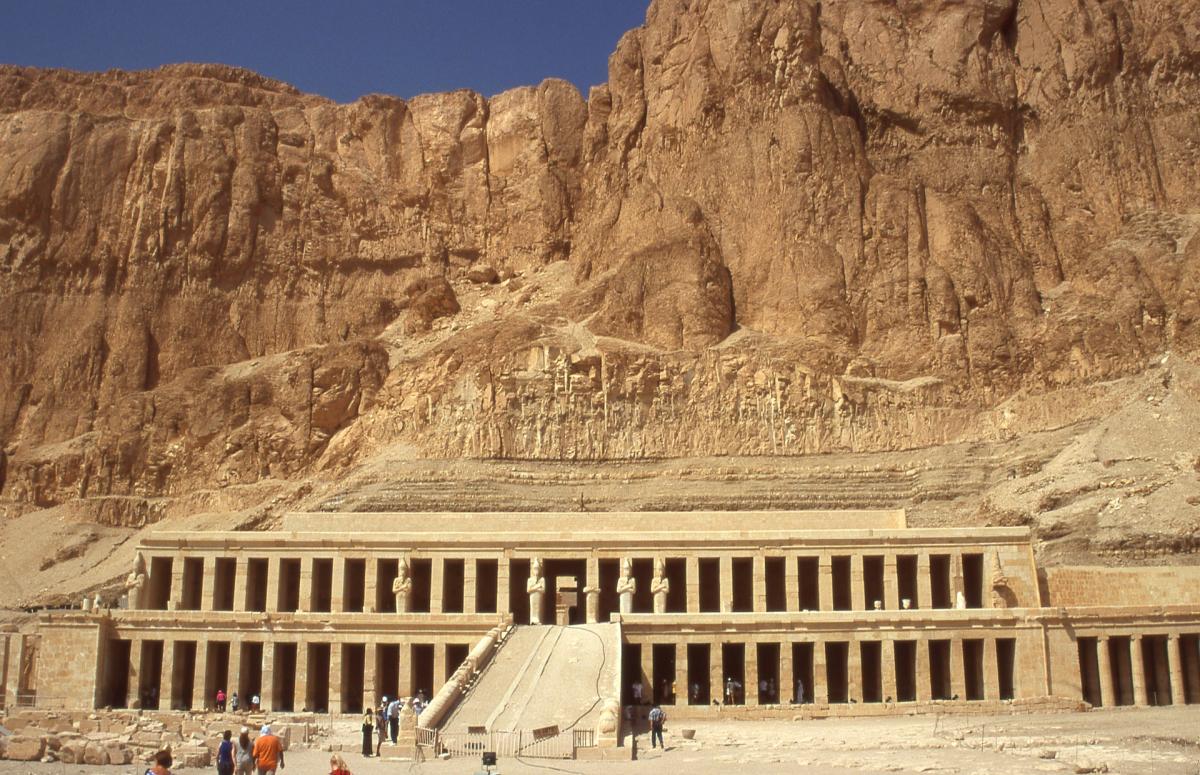
Our guide explained that the Temple of Hatshepsut was built by the order of the queen herself, and the purpose of its construction was to commemorate the gods and also to display the power and legitimacy of Hatshepsut's rule. An interesting point about this temple is the existence of numerous statues of Hatshepsut, in some of which the queen is depicted with a man's beard. This indicates Hatshepsut's attempt to establish her power and be accepted as a male pharaoh.
We walked in the temple and went up its various terraces. From the top of the temple, there was a spectacular view of the Nile Valley and the city of Luxor. A cool breeze was blowing and the sound of birds was echoing in the air. A strange sense of peace and tranquility prevailed in this place.
The wall paintings of the Temple of Hatshepsut were very beautiful and spectacular. Images of sea voyages, religious ceremonies, war scenes and daily life were depicted in these paintings. Our guide patiently explained each image to us and told us interesting stories about the life of Hatshepsut and her reign.
The Temple of Hatshepsut was not only valuable in terms of architecture and art, but also had great historical importance. This temple was a testament to the power and wisdom of a female pharaoh in ancient times and showed that women can also be at the head of power and make history.
The Colossi of Memnon: Silent Guardians of History
Our last destination on the West Bank was the Colossi of Memnon. Two colossal statues that stood alone in the middle of a vast plain and seemed to be the silent guardians of history.
The Colossi of Memnon are actually the remains of the great temple of Amenhotep III. Amenhotep III was one of the powerful pharaohs of the 18th dynasty of Egypt who built a huge temple in this place. But unfortunately, the temple was destroyed over time and only two colossal statues remain from it.
The Colossi of Memnon are each about 18 meters high and are made of quartzite stones. These statues depict Amenhotep III in a sitting position. Despite the passage of thousands of years and the damage caused, the greatness and splendor of these statues are still impressive.
When we arrived at the Colossi of Memnon, I better understood their greatness up close. It was really unbelievable that these huge statues were built about 3350 years ago. The statues had suffered a lot of damage over time. Their faces and hands were broken and the surface of the stones was eroded. But despite this, there was still an aura of majesty and power in them.
Our guide told us an interesting story about the Colossi of Memnon. He said that in ancient times, after an earthquake, one of the statues started to make a sound. The locals thought that this sound was the moans of Memnon, the mythical hero of Greece who was killed in the Trojan War. For this reason, these statues became known as the "Colossi of Memnon".
The Colossi of Memnon were not only valuable from a historical and artistic point of view, but also had great cultural importance. These statues have become a symbol of the greatness and splendor of ancient Egypt and attract many tourists every year.
Steigenberger Nile Palace Hotel: A Luxurious Rest in the Heart of Luxor
After a day full of sightseeing and discovering history, we went to the Steigenberger Nile Palace Hotel in Luxor. A luxurious and beautiful hotel located on the bank of the Nile River. After checking into the rooms and resting a bit, we went to the hotel restaurant for dinner.
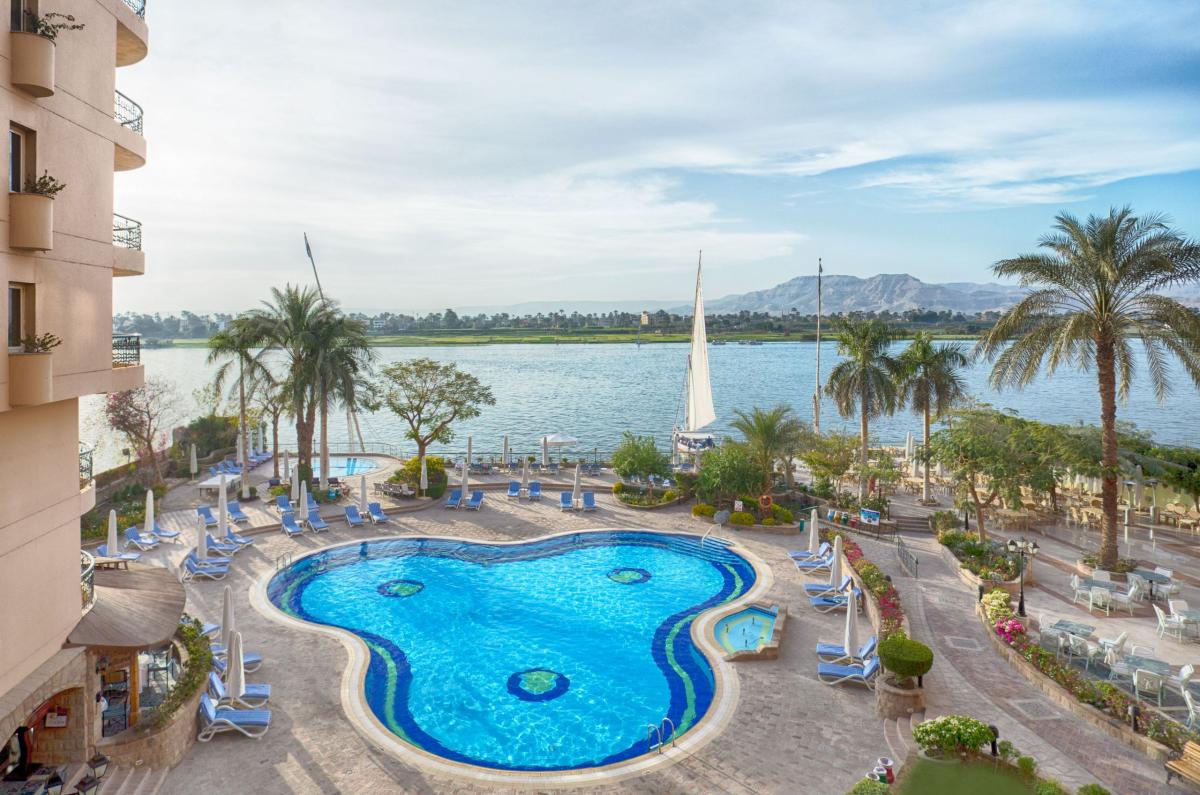
The hotel restaurant had a pleasant and relaxing atmosphere. The tables were decorated with fresh flowers and the soft lighting made the space romantic. The dinner was very delicious and varied. All kinds of Egyptian and international dishes were arranged in the buffet and everyone could choose food according to their taste.
After dinner, we walked a little in the hotel grounds. The night air of Luxor was cool and pleasant. The sound of a small waterfall in the hotel grounds was soothing. I enjoyed seeing the bright stars of the night sky of Luxor. The sky of Egypt, especially in desert areas, is very beautiful and starry.
The eighth day of our trip to Egypt came to an end. A day full of unforgettable memories. Visiting the Valley of the Kings, the Temple of Hatshepsut and the Colossi of Memnon was a journey into the depths of history and familiarity with the glory and greatness of ancient Egypt. Luxor is rightly called the "open museum of the world". A city where in every corner, there is a sign of the rich history and culture of Egypt.
Tips for Luxor Travelers:
- Luxor is very hot in the summer. The best time to visit Luxor is in the winter and early spring, when the weather is milder.
- Wear comfortable shoes to visit the tombs in the Valley of the Kings. The paths inside the tombs are uneven and slippery.
- Always carry water with you. Especially in hot weather, drinking enough water is essential to prevent dehydration.
- Respect the culture and customs of the local people. Egypt is a Muslim country and appropriate clothing is recommended in public places.
- Bargaining is common in markets and shops. Don't be afraid to haggle and try to find a fair price for buying goods.
- Be careful of taxi drivers and street vendors. Before getting into a taxi, determine the price and avoid buying counterfeit goods.
- Security in Luxor is generally good. But always be careful and avoid carrying a lot of cash and valuables in public places.
- The people of Egypt are very hospitable and warm. Don't be afraid to interact with the locals and take the opportunity to get acquainted with their culture and life.
Luxor, a city that you must visit on a trip to Egypt. A city that takes you on a journey through time and captivates you with its rich history and culture. I hope my travelogue has been useful for you and encourages you to travel to this amazing city.
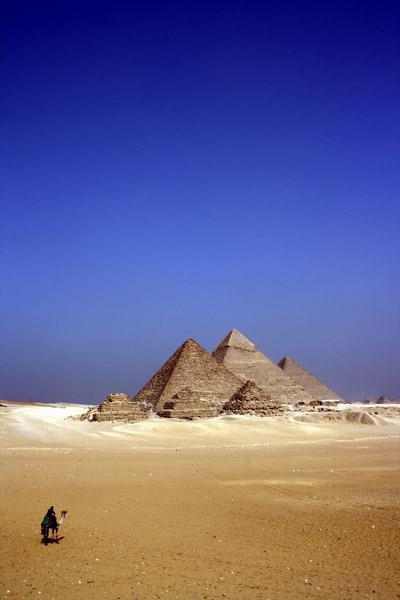
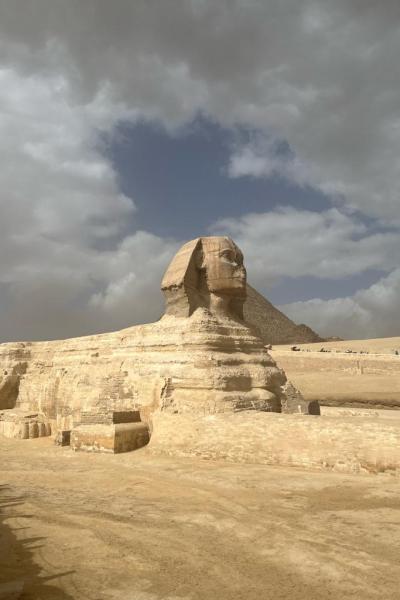
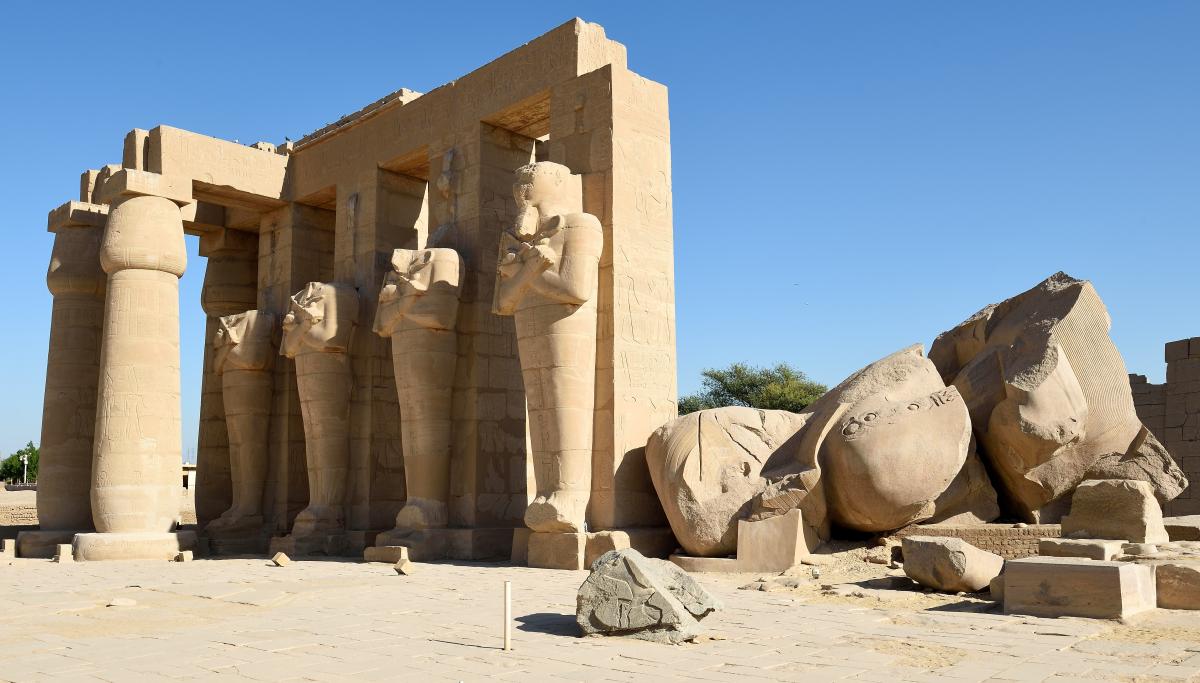
Across the Nile River from the bustling modern city of Luxor lies a landscape of dramatic dualities that shaped the beliefs and lives of the ancient Egyptians . The West Bank presents a stark transition from a verdant, life-giving floodplain, created by millennia of the Niles annual deposit of fertile...
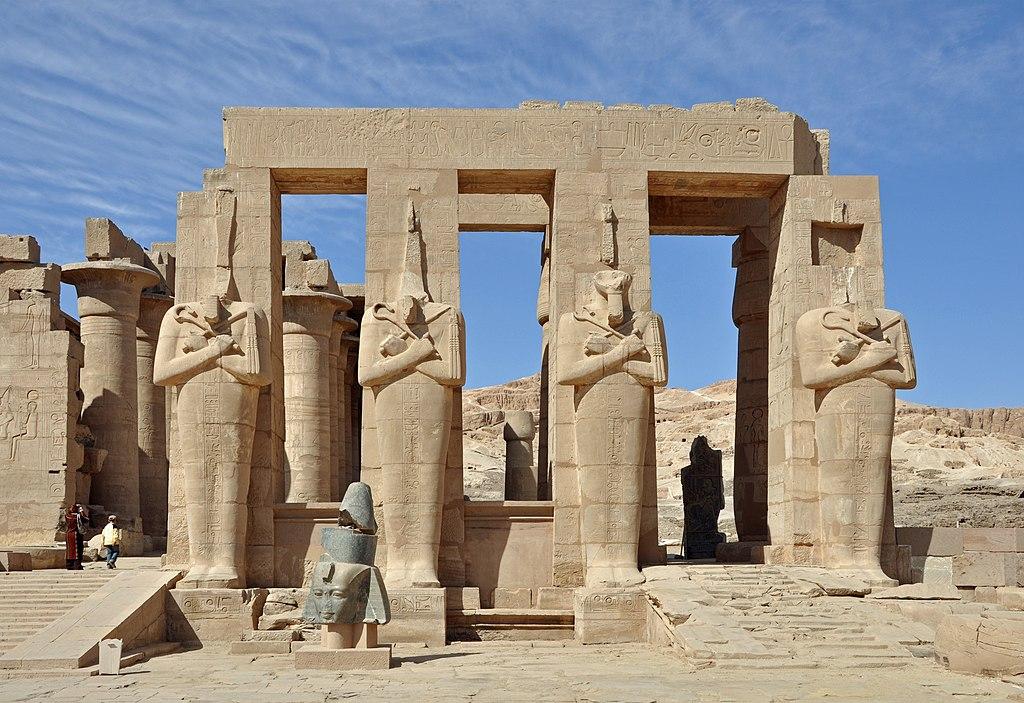
The Ramesseum Temple is a grandiose monument located in Luxor, Egypt. Built by Ramses II during the 19th Dynasty of ancient Egypt, it was designed as an homage to the great pharaoh and his accomplishments. The temple complex consists of two main structures: a large pylon gateway and a hypostyle hall...
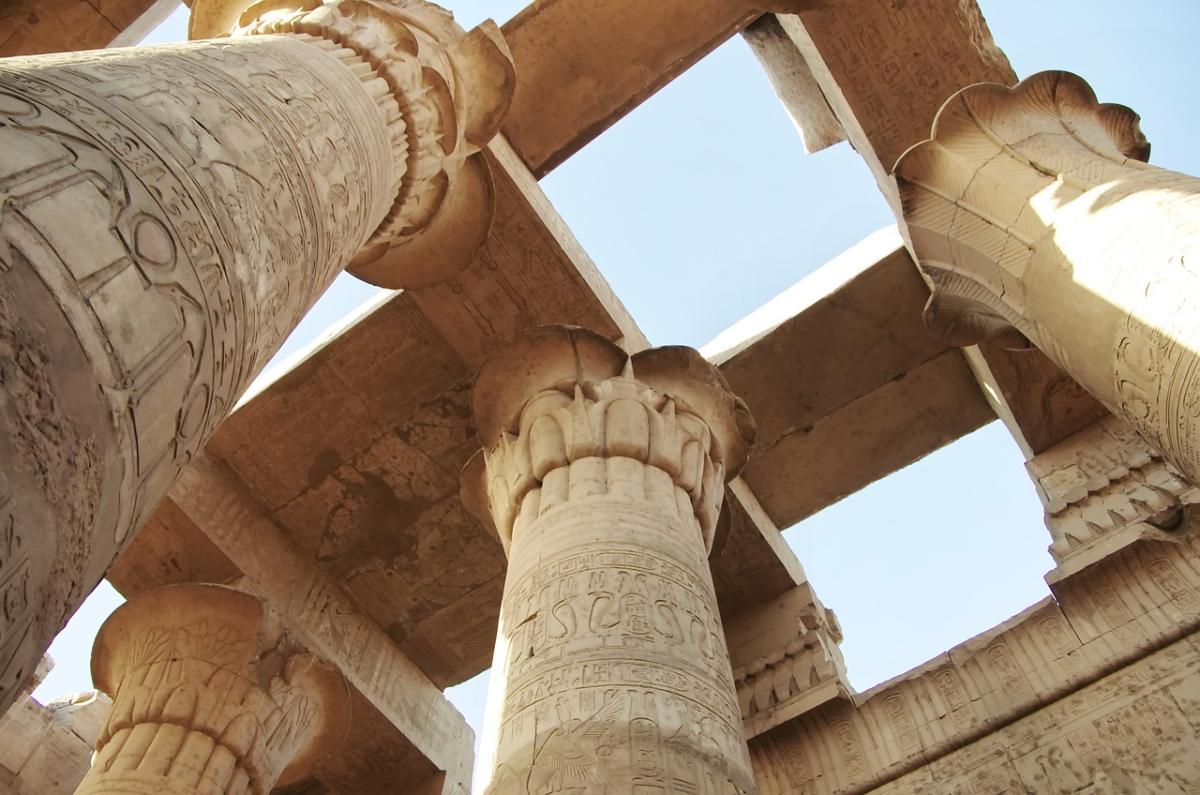
Karnak Temple is one of the most awe-inspiring ancient sites in Egypt. Located near Luxor, Karnak was once a bustling religious center dedicated to the god Amun and his consort, Mut. Dating back thousands of years, this incredible temple complex has been gradually built up over time by generations of...